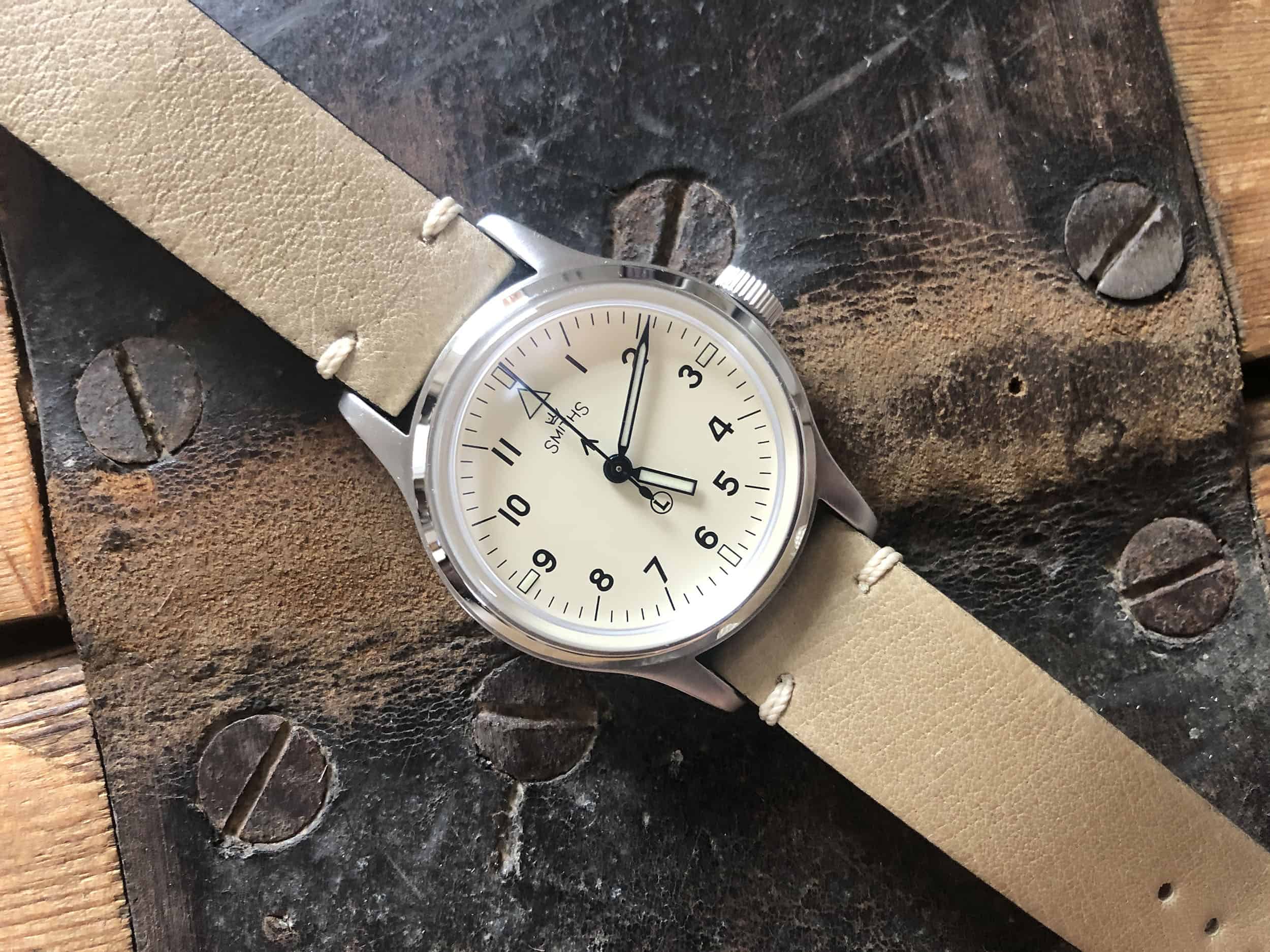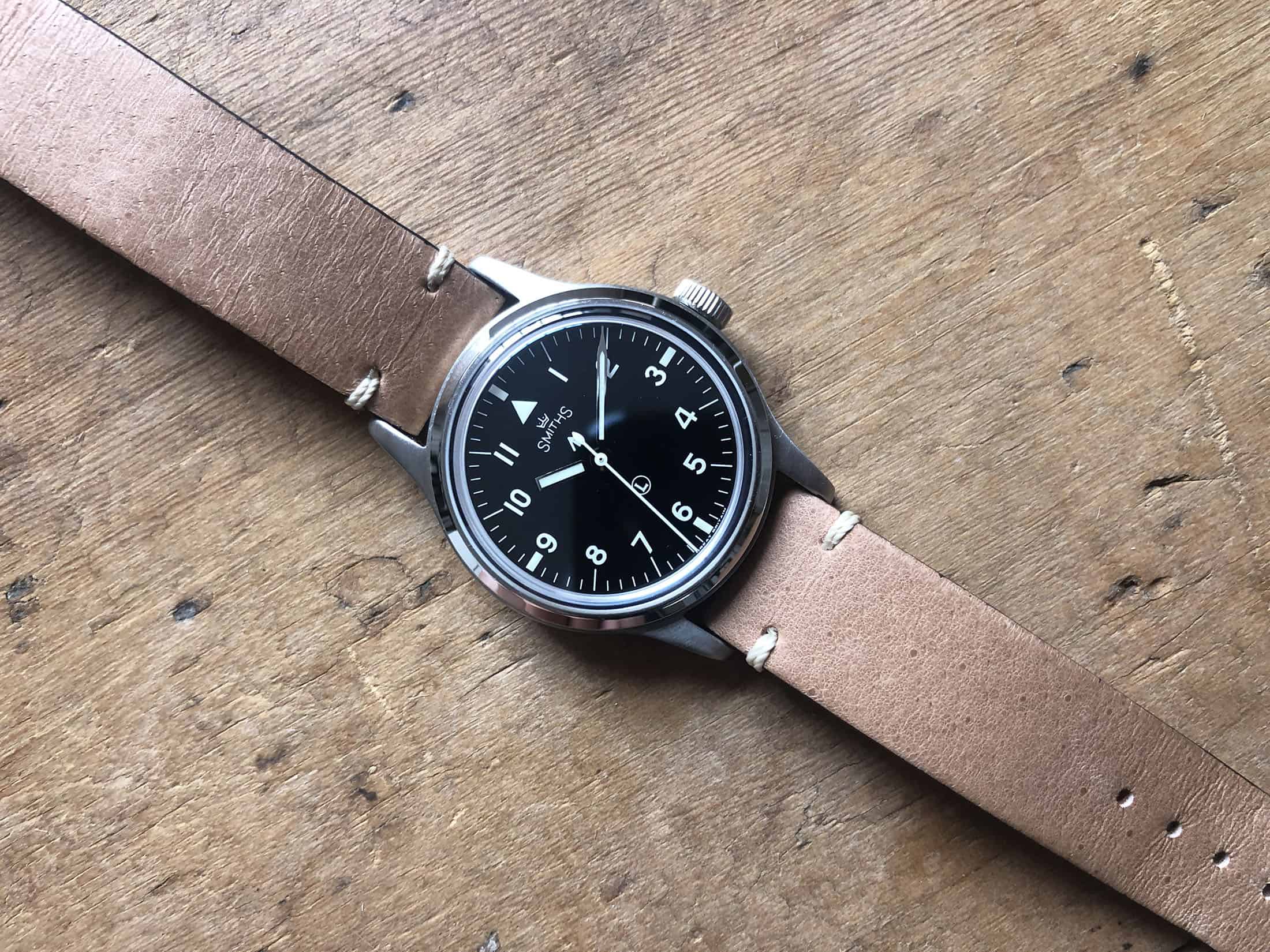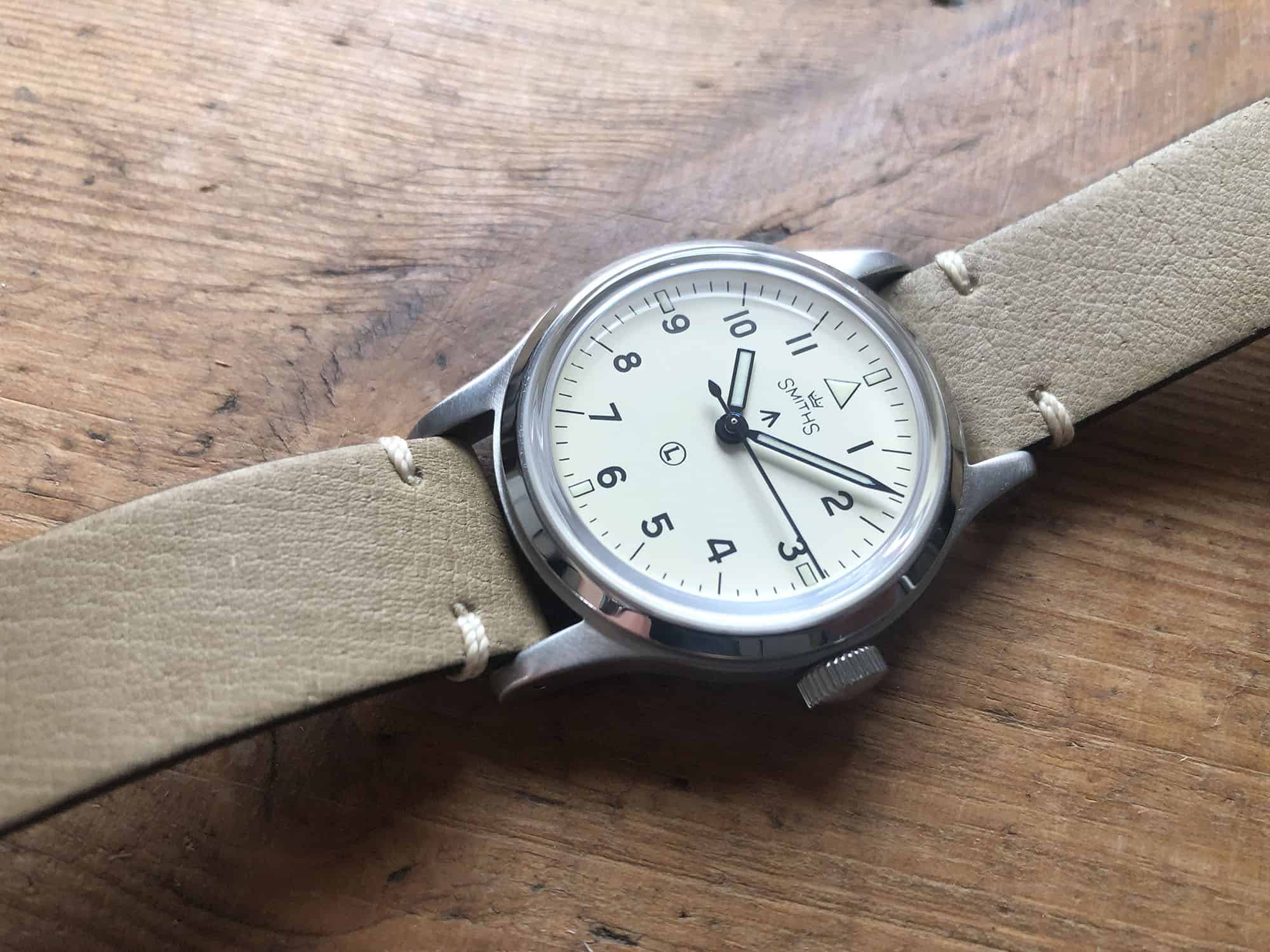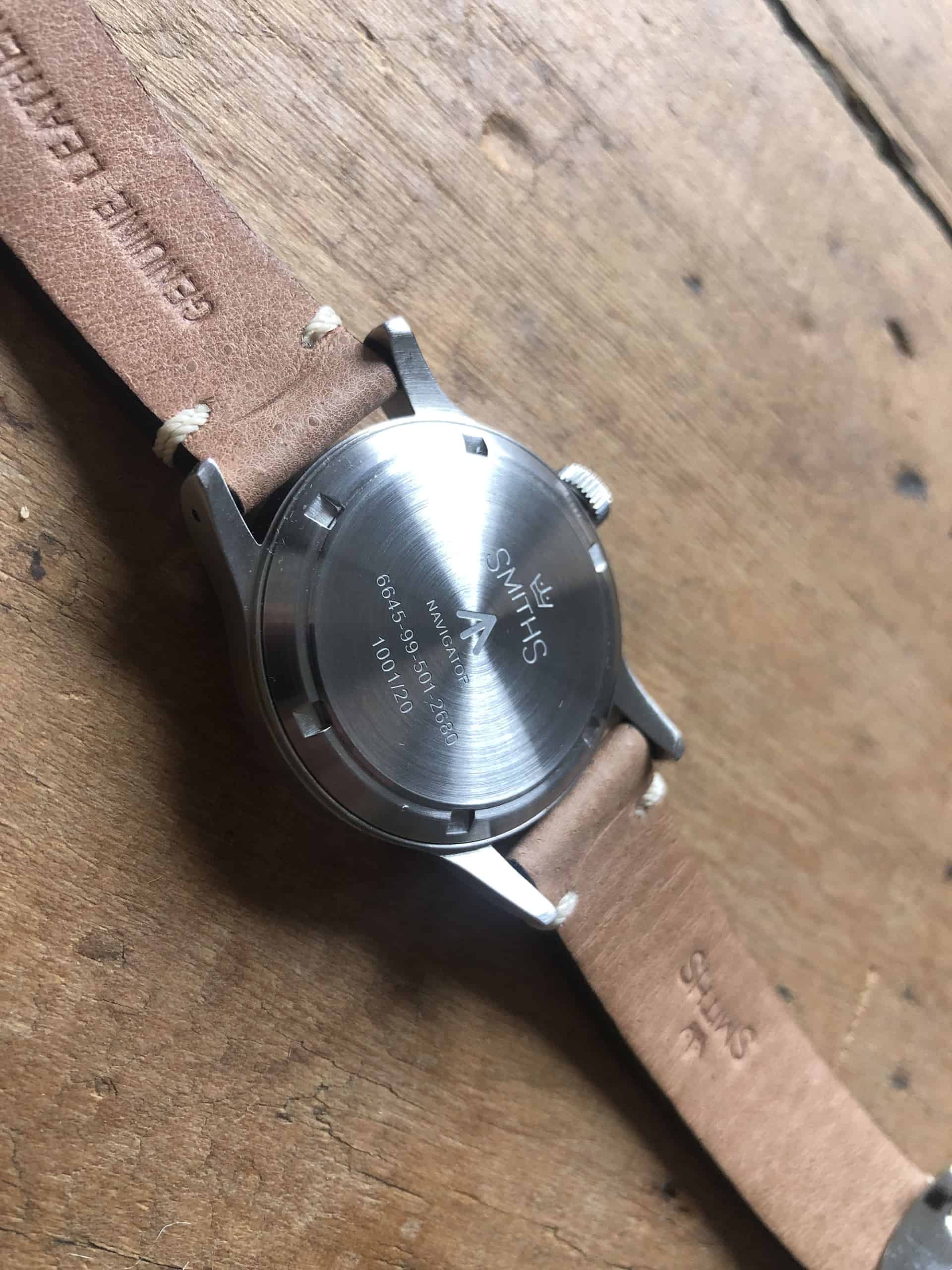There is often a point at which something once designed to do a job of work becomes fashionable. Wellington boots. Wax cotton coats. Leather motorcycle jackets. It’s followed by marketing departments taking the original and adding fripperies, variations and fuss. It happens regularly in Watchworld; watches designed for use as diving tools turn up in precious metal, racing chronographs become so complex as to be unusable. As computers and satellite navigation have taken over aircraft cockpits so the marketing people have done the same to aviation watches. It’s good to see a small UK company pushing back the tide with a return to function and form.
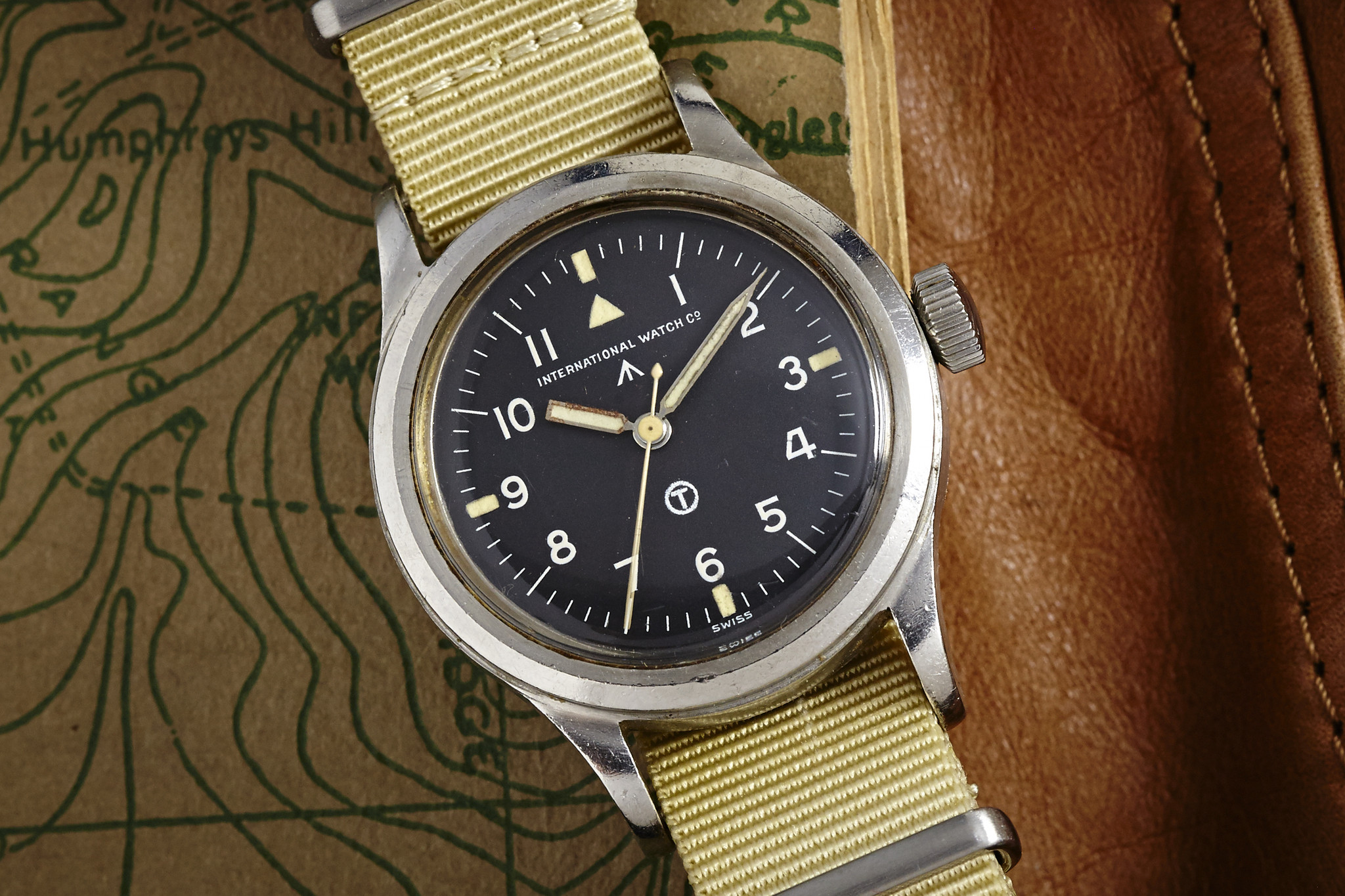
Eddie Platts, owner of UK watchmaker Timefactors, isn’t one for glitzy marketing and PR. That’s because his watches often sell out within hours, if not minutes, of going on sale. In fact, the only way you’d know he’s been working on a new watch – the Smiths Navigator – is if you frequent the TZ-UK forum. There, Eddie’s gradually released pictures and an outline spec as the watch has evolved. But, despite the low-key launch (if it’s even a launch at all!) we’ve managed to get the two pre-production prototypes to pore over.









 Featured Videos
Featured Videos




